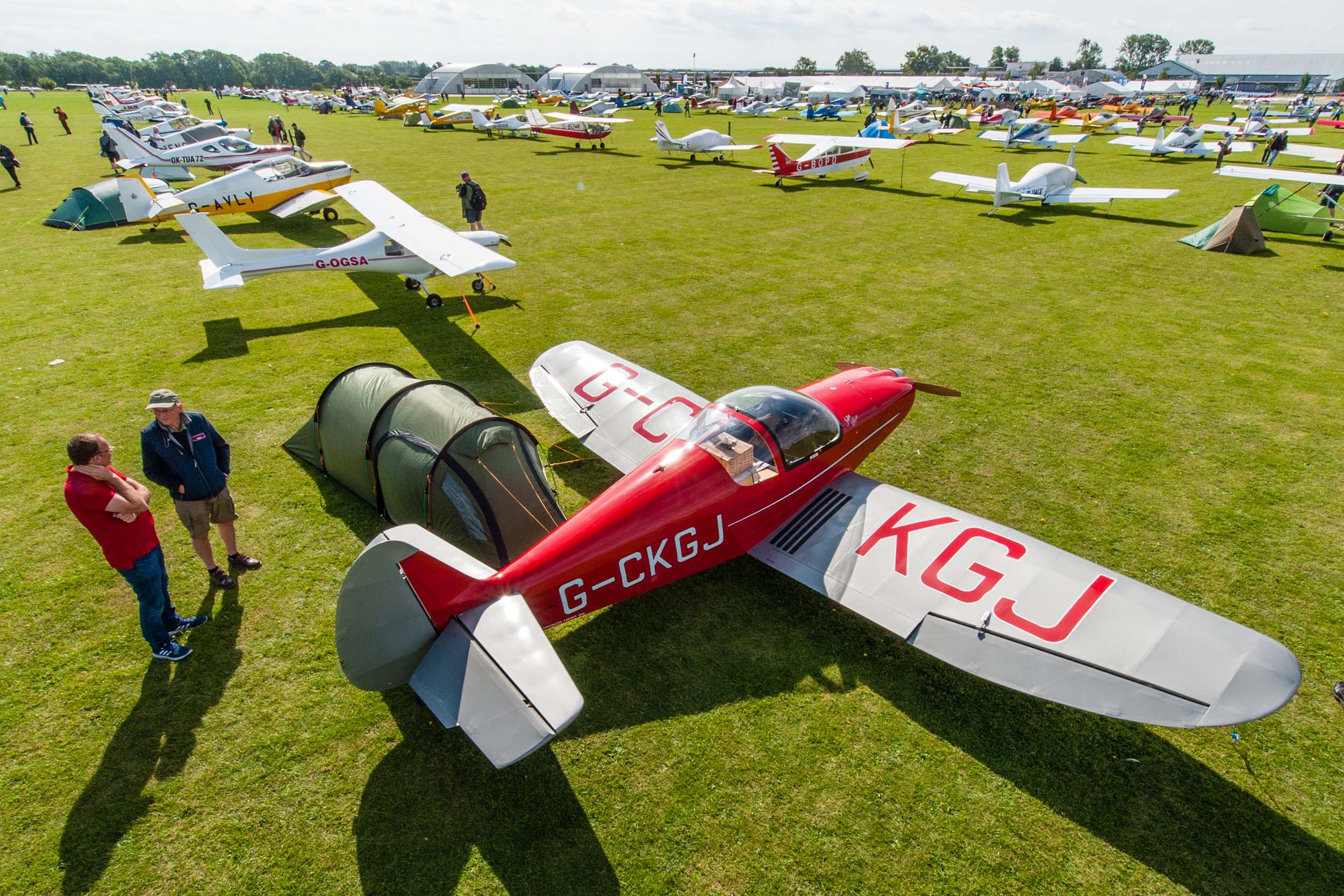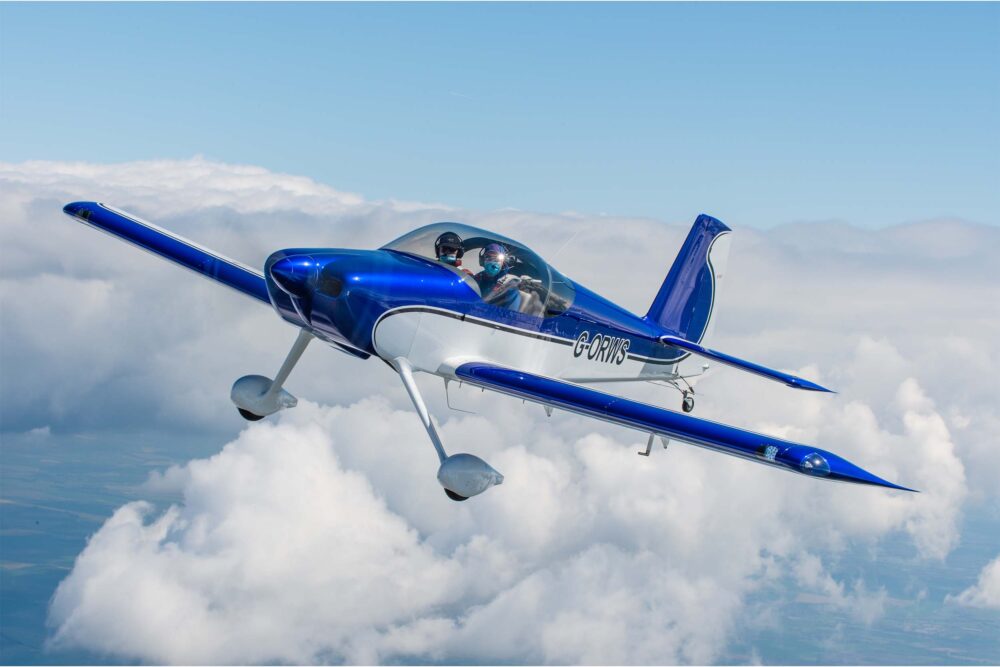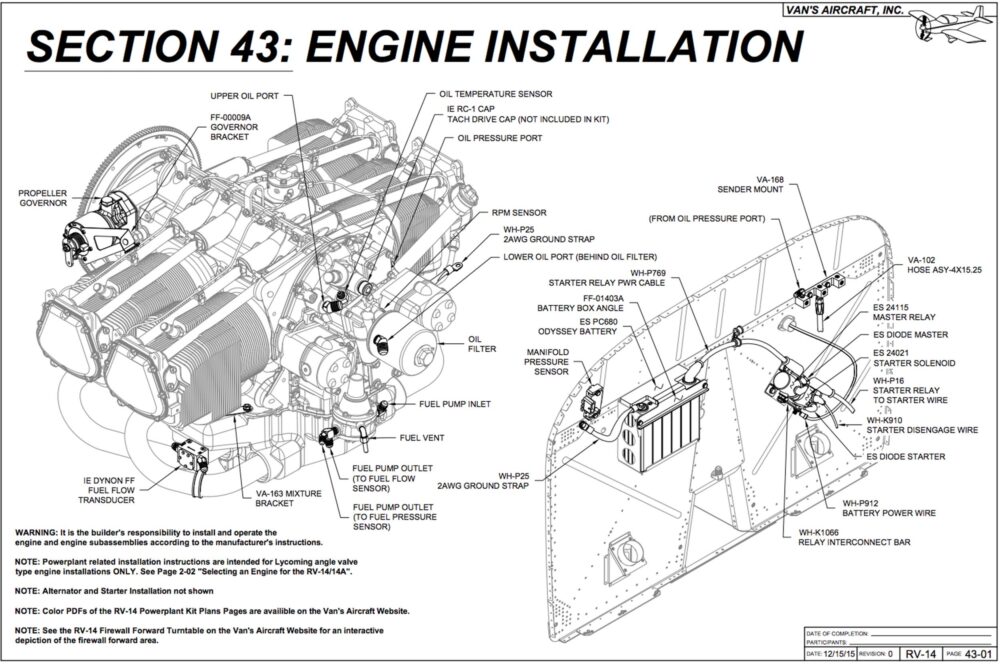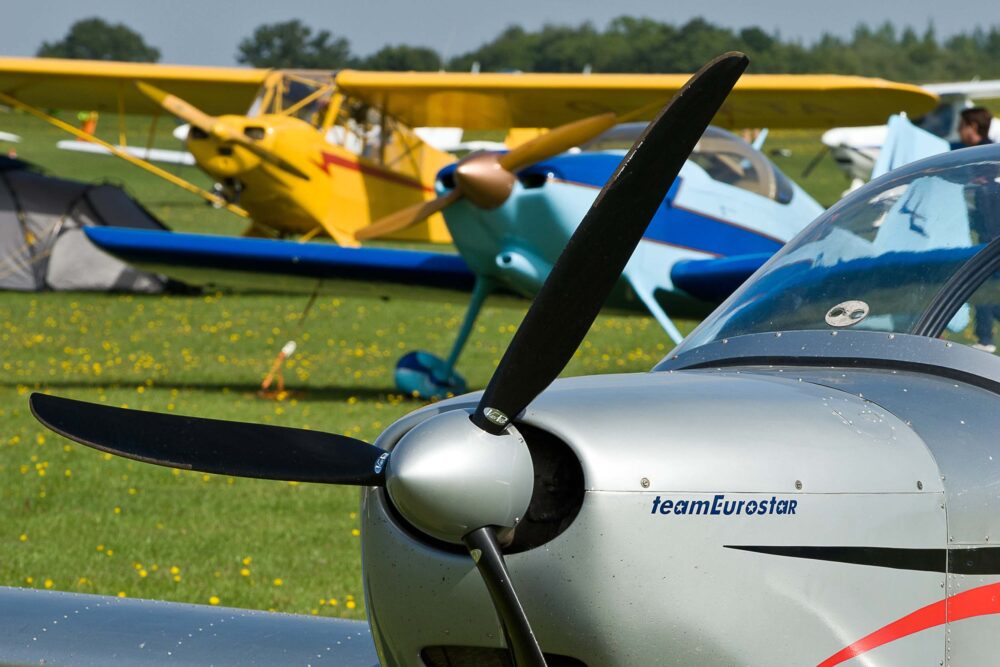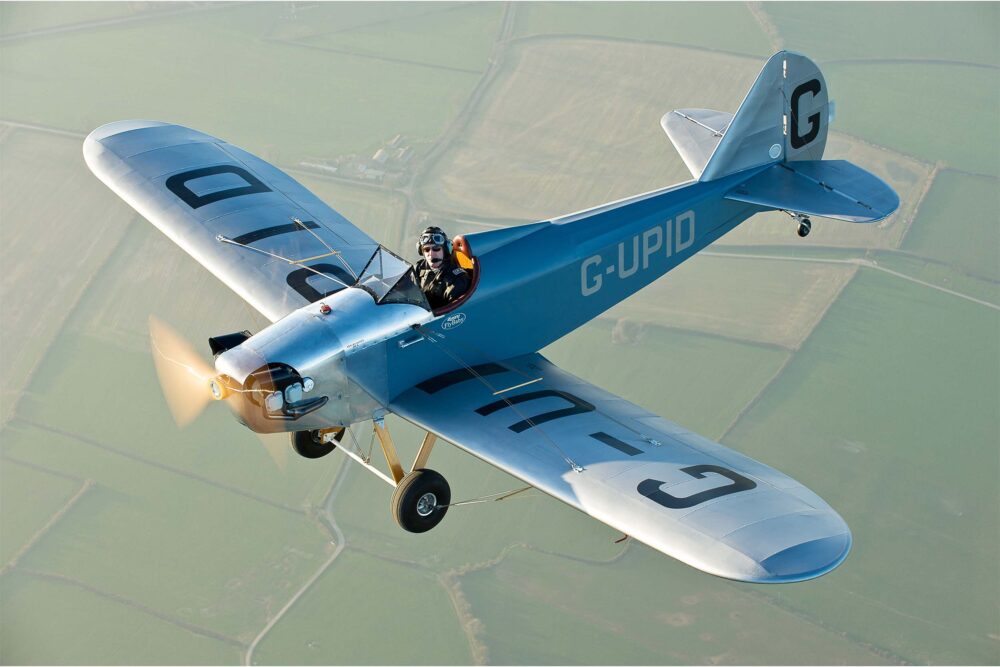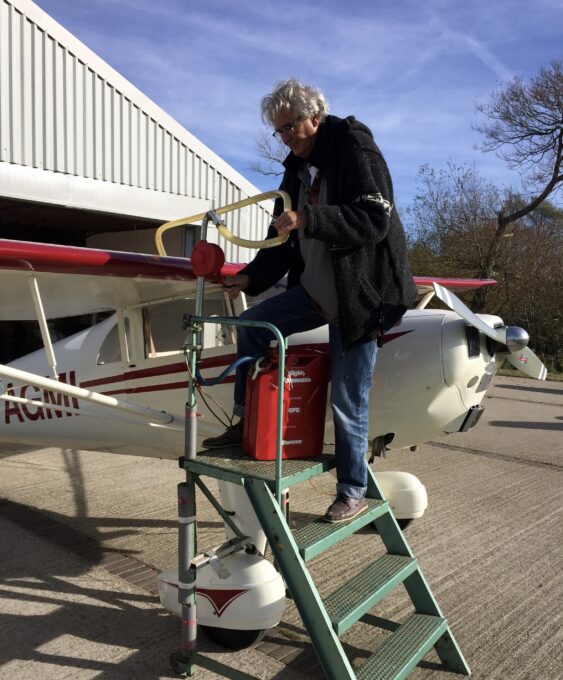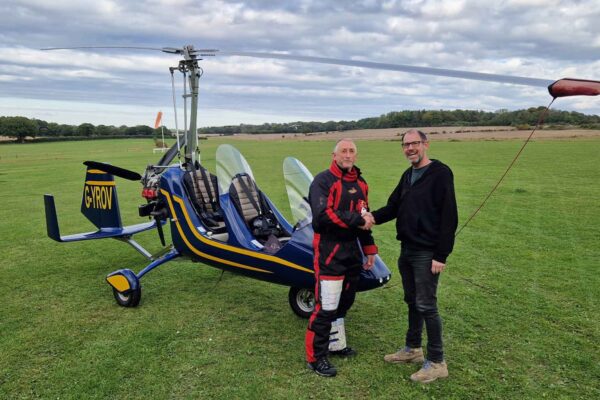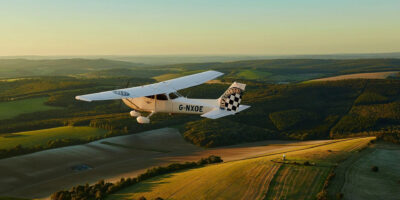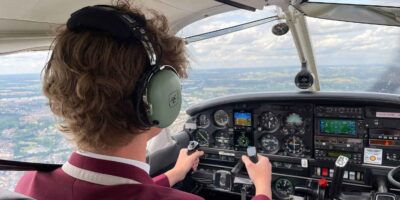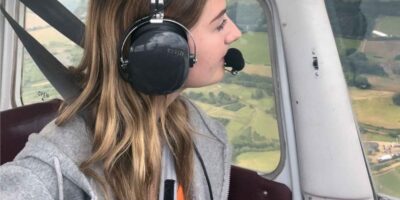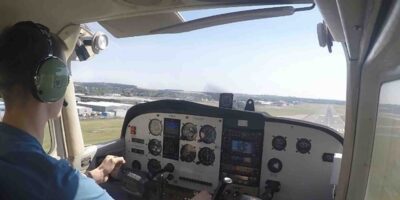A new two-seater kit can be built from around £40k, and from there on up there are some fabulous types available with exceptional performance.
Van’s Aircraft are at the pinnacle of the kitplane marketplace with a range of single-, two- and four-seat all-aluminium models available. Almost 11,000 kits have been completed and flown worldwide, with around 400 flying in the UK. With cruise speeds of up to 200mph, they provide exhilarating flying, making short work of a weekend down in the South of France.
The magic formulae
So, what, you may ask, is the magic behind all this affordable flying fun? Well, it comes as a pair of benefits that, together, enable the ordinary working person to own and fly his or her own aircraft. The first is the LAA’s Permit to Fly Scheme, an airworthiness regime designed around being able to build and maintain an aircraft yourself and have it overseen by an LAA approved Inspector to ensure that it is in an airworthy condition.
The LAA’s approval to handle the airworthiness of its varied fleet of aircraft comes from the UK Civil Aviation Authority, and is tailormade for homebuilt and kit-built types, plus classic and vintage types where manufacturers have either ceased to exist, or no longer support the type.
The second benefit is that the LAA is, at its heart, a club made up of enthusiasts. Of course it has its business side. It employs about 15 staff – engineers and admin people – who oversee its operations, but the ethos of the Association is helping people attain their desire to own, maintain and fly their own aircraft.


